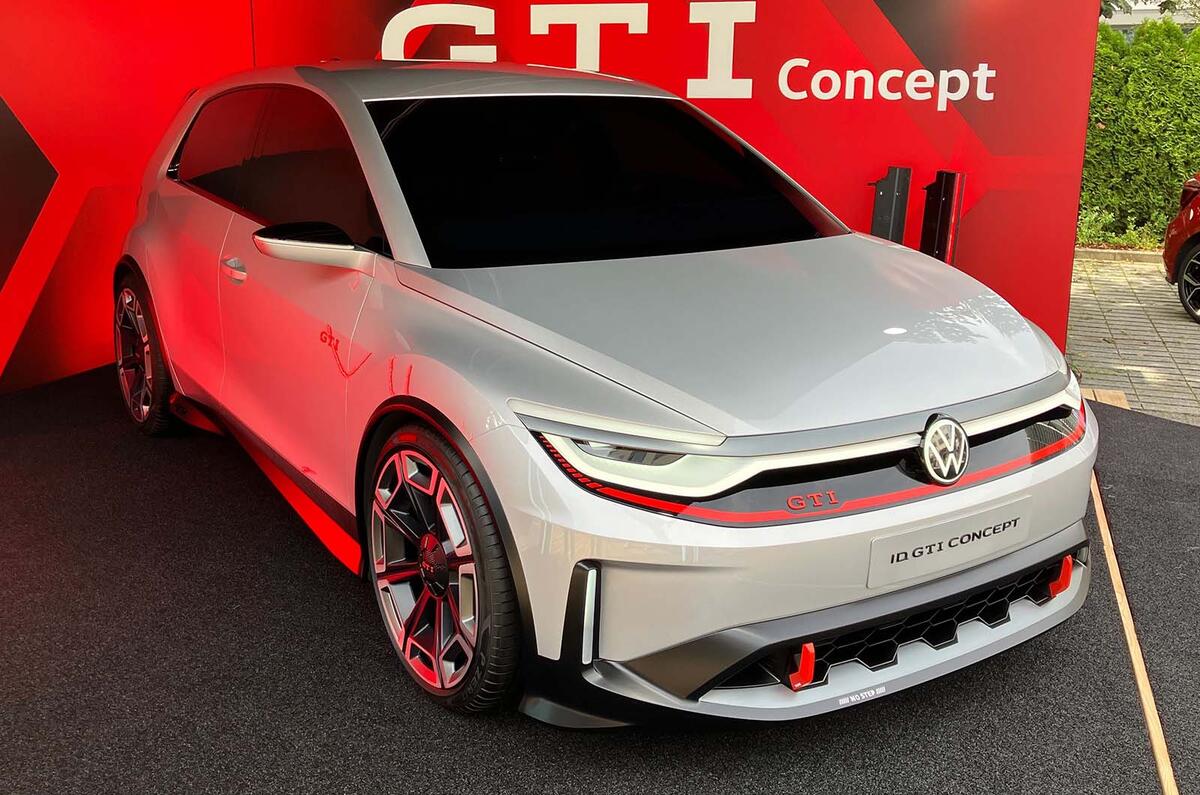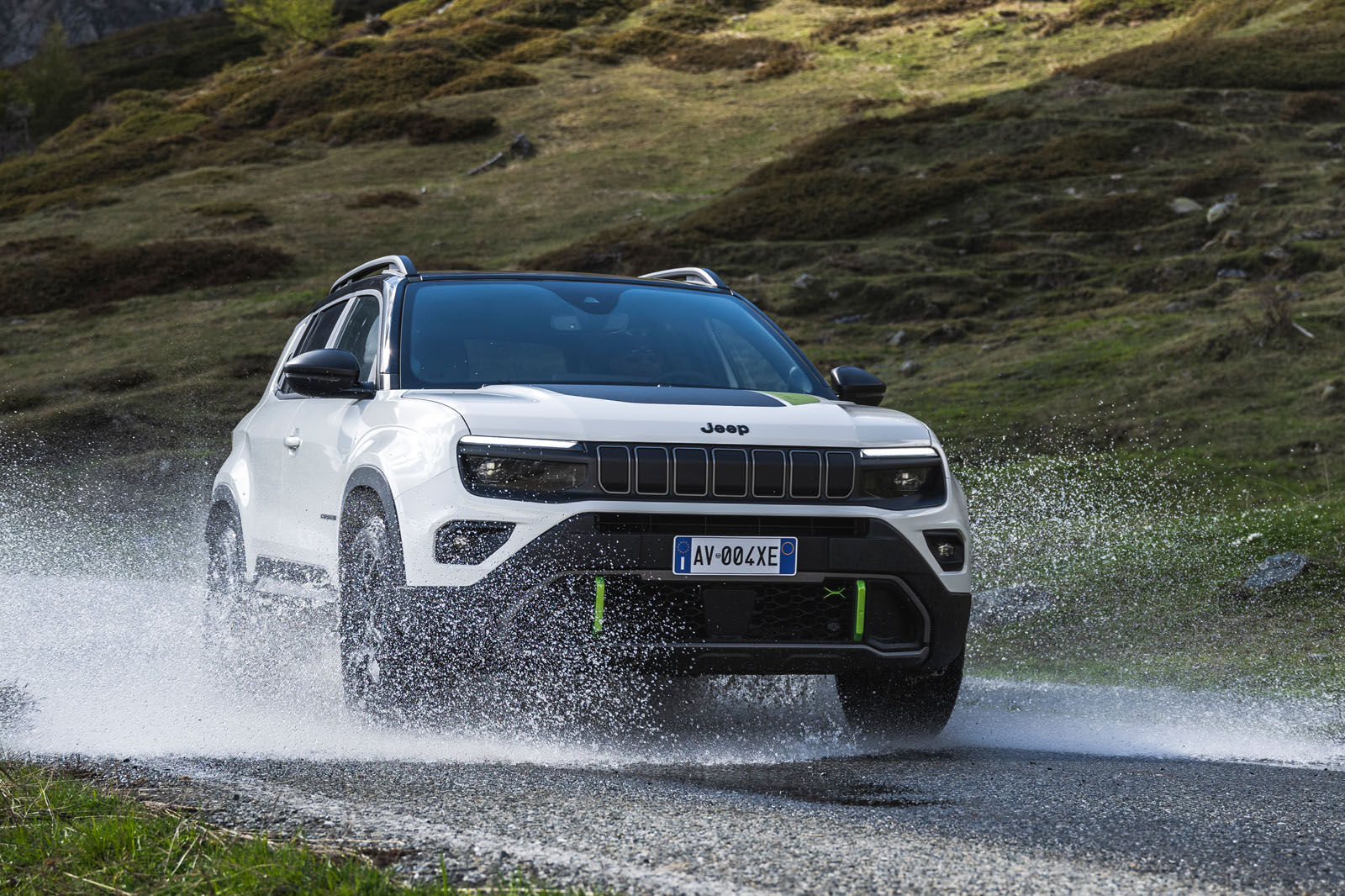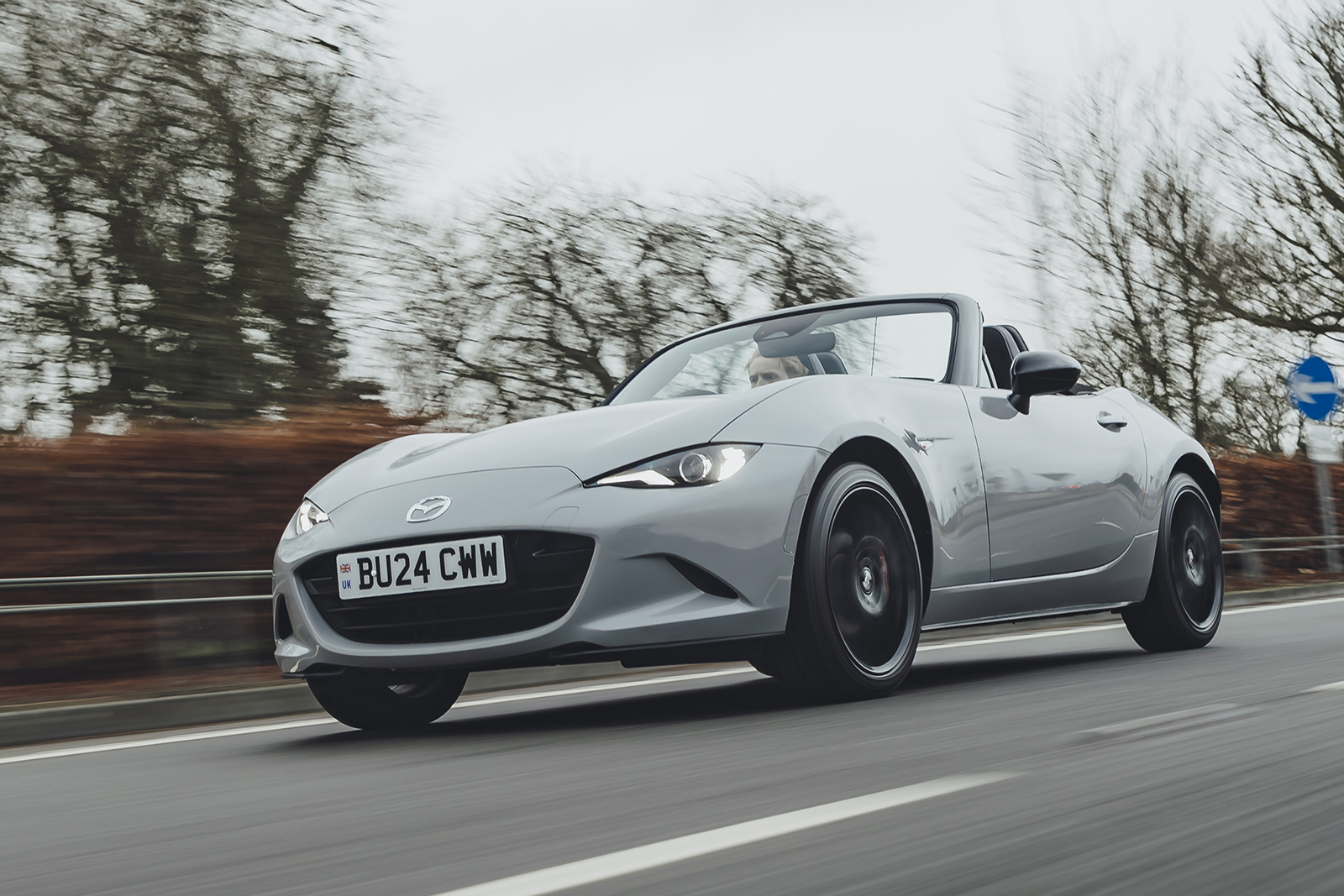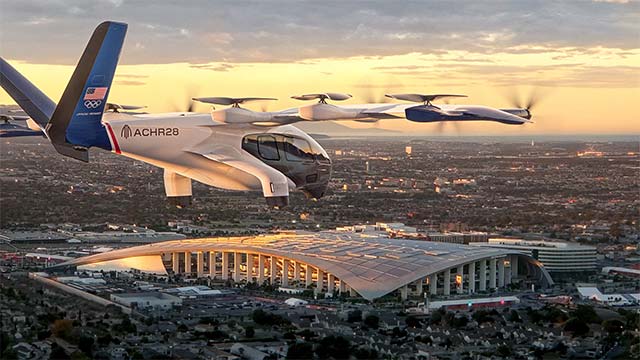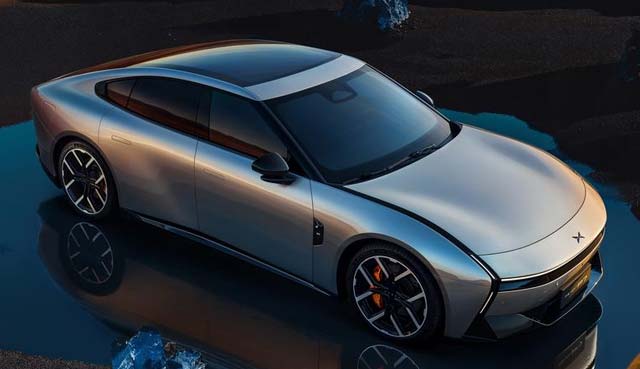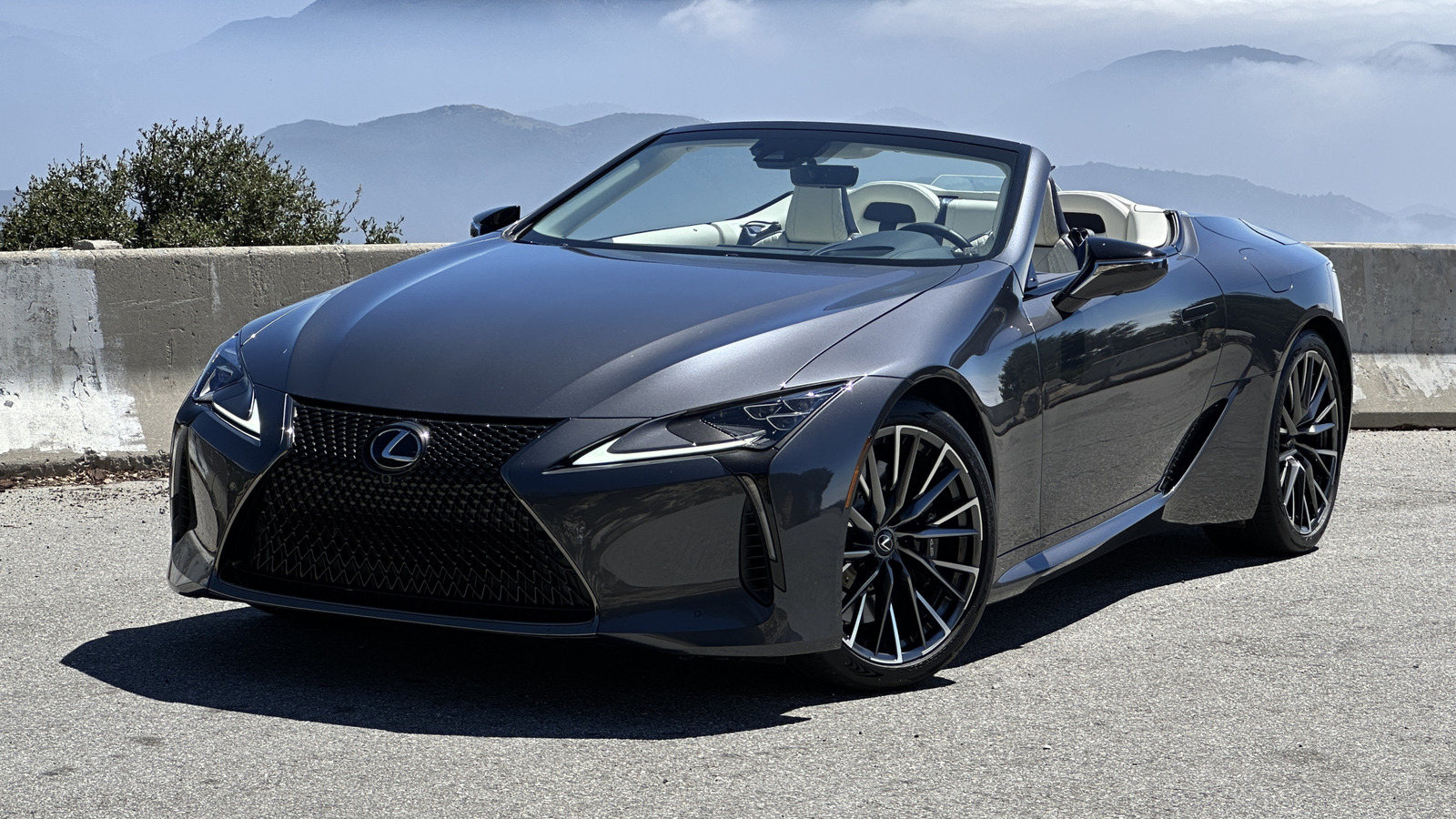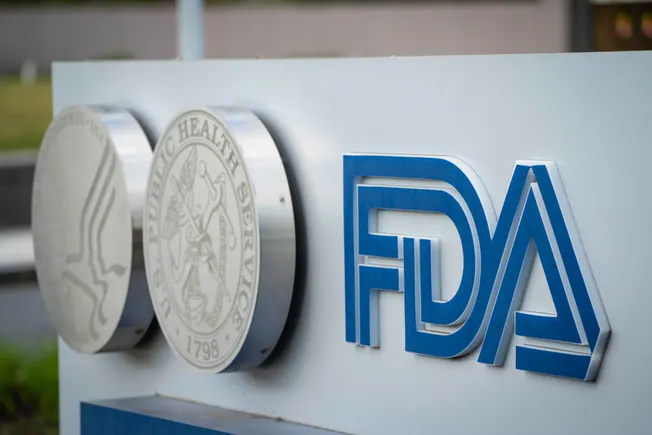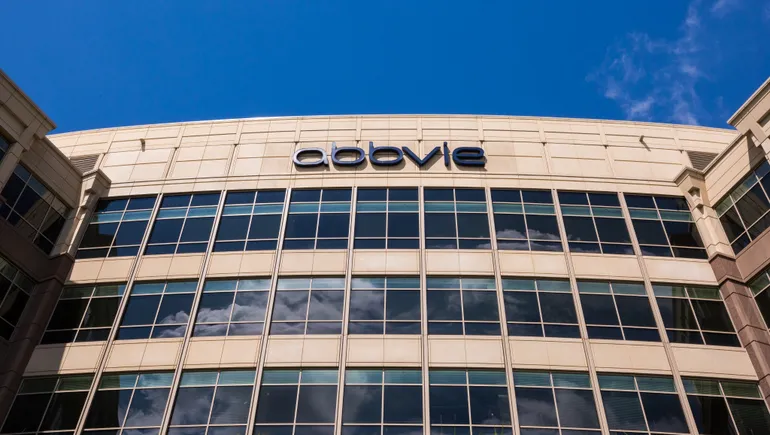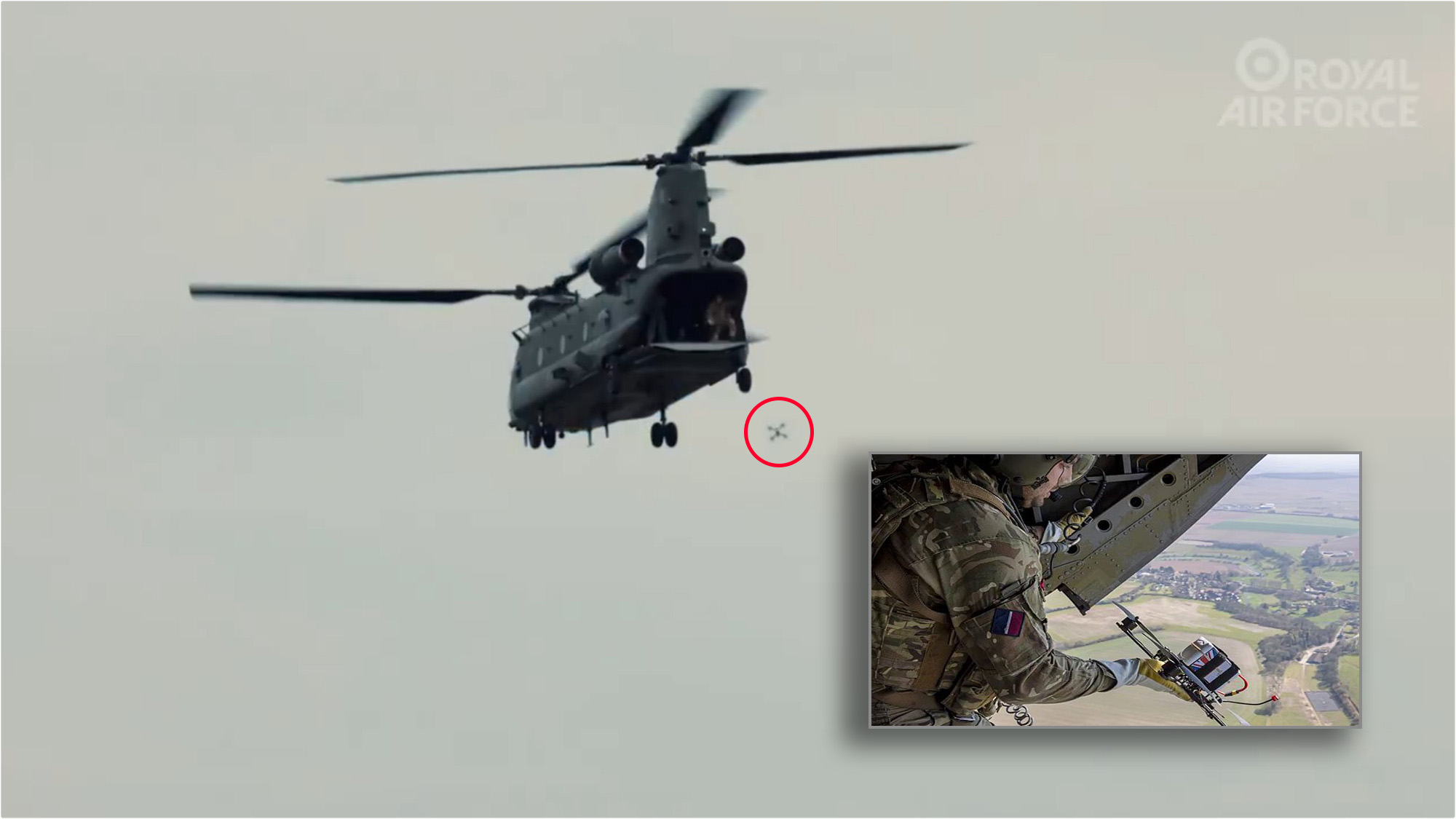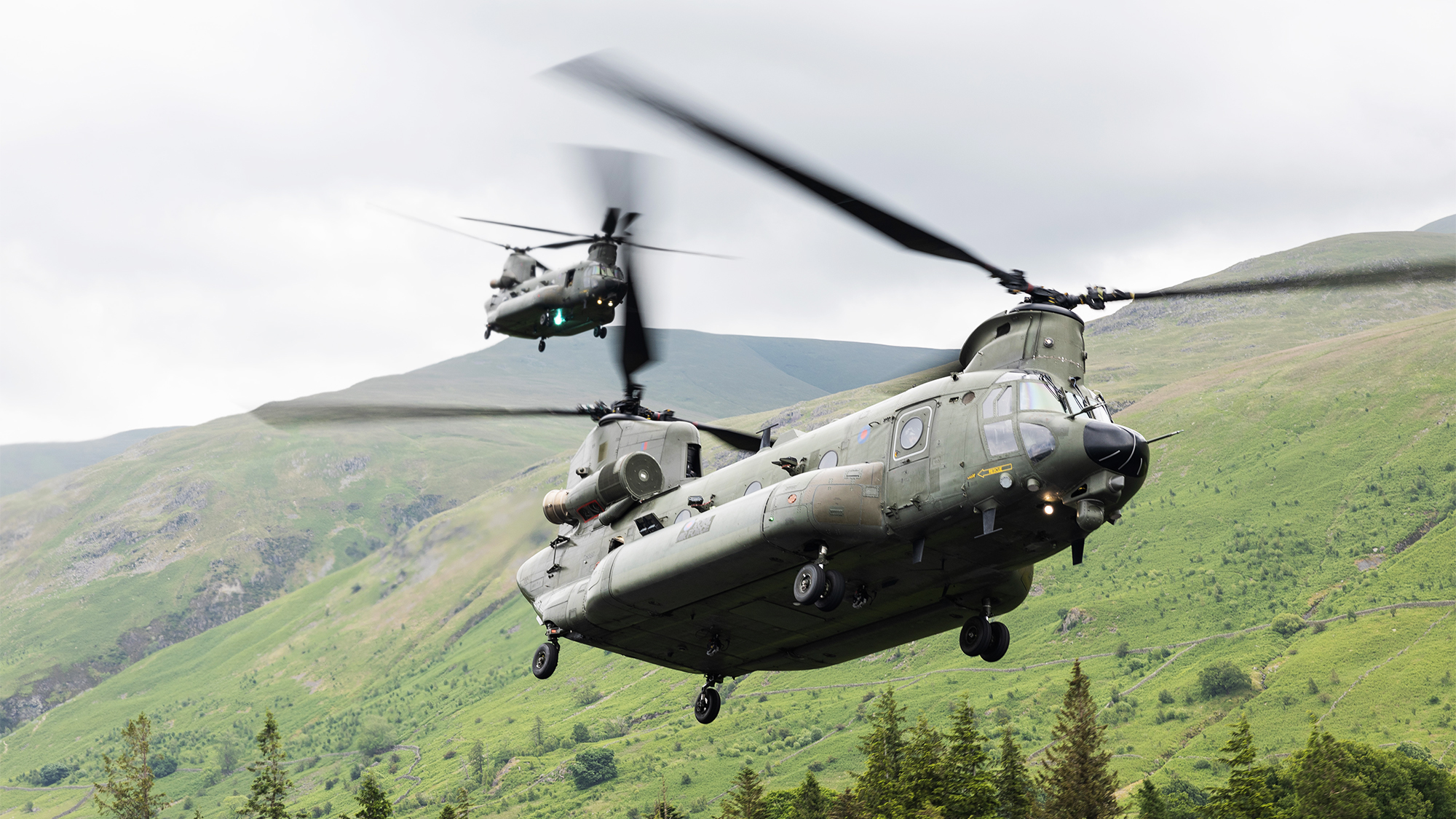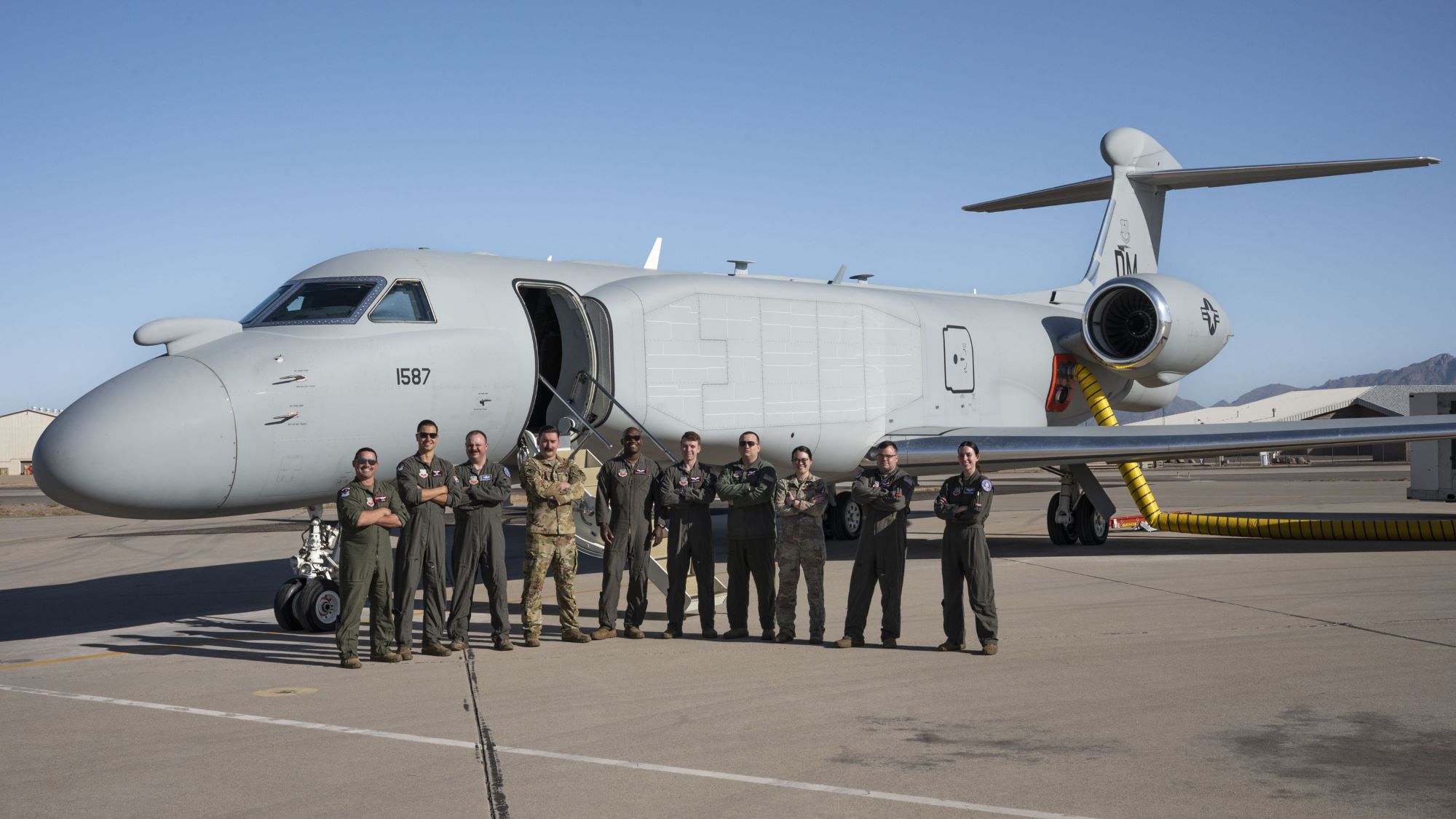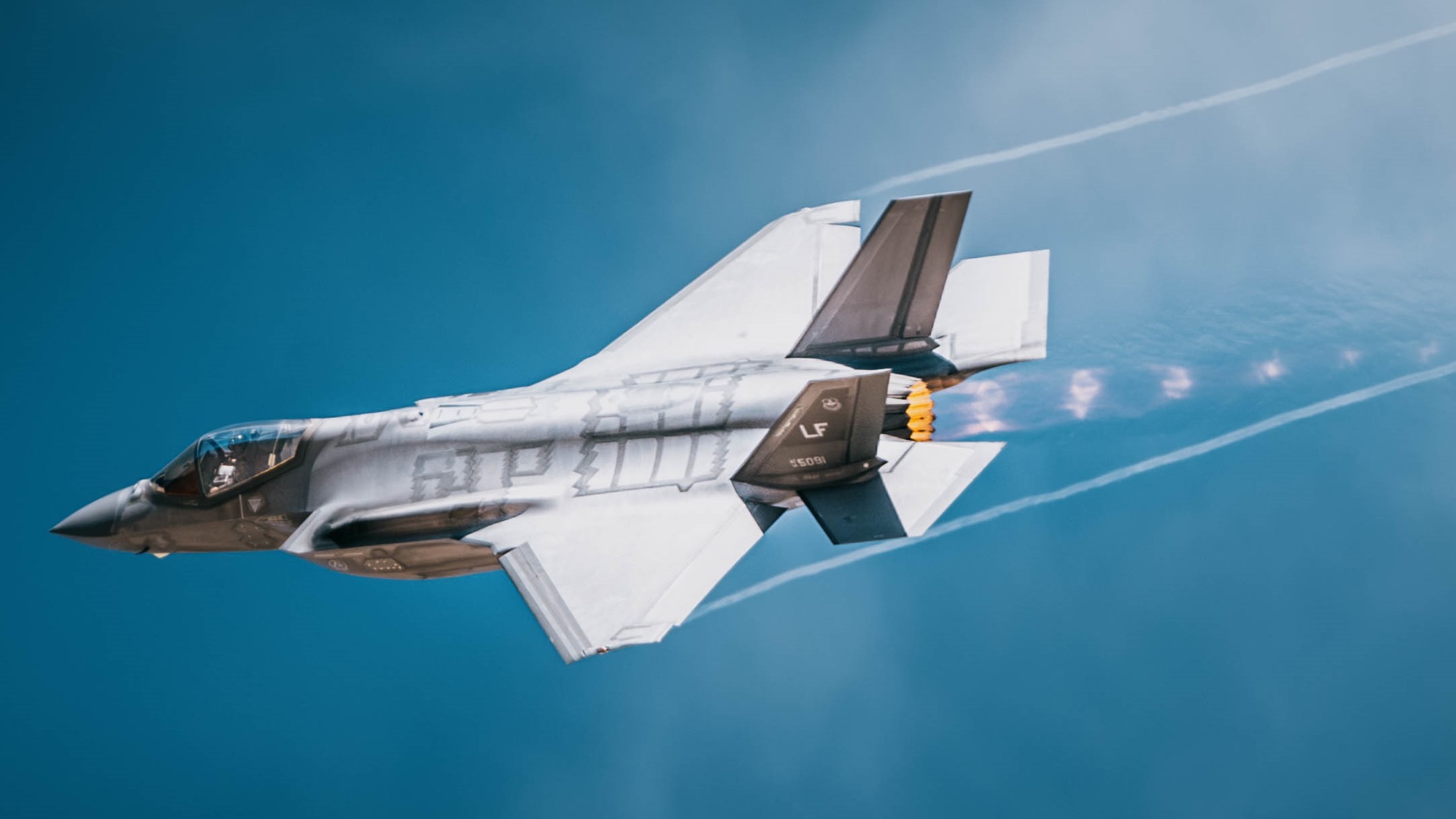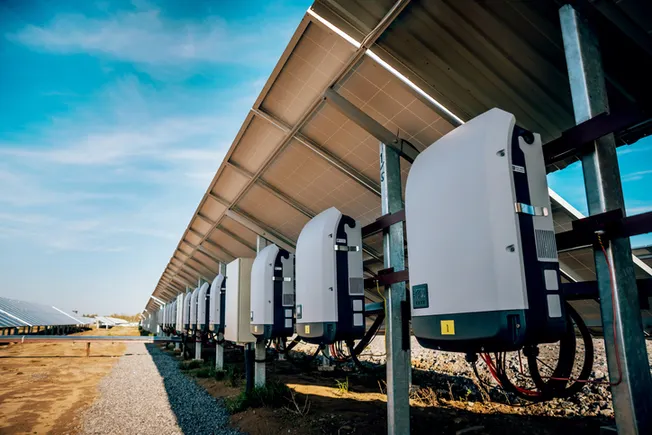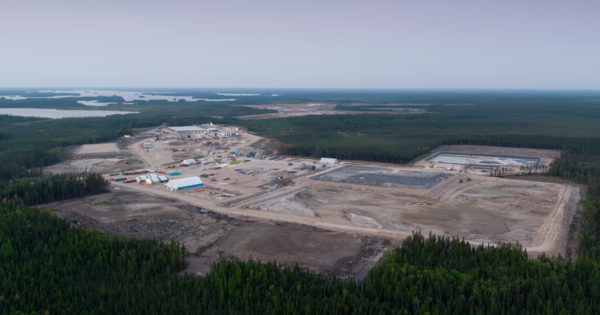Trump wants a twin-engined F-35. Experts say it’s ‘not feasible.’
“We’re going to do an F-55,” President Donald Trump announced today in Doha. “That’ll be two engines and a super upgrade on the F-35.”


U.S. President Donald J. Trump, flanked by chairman and CEO of GE Aerospace Larry Culp (R) and CEO of Boeing Kelly Ortberg (L), gestures as he meets with business leaders at the Ritz Carlton Hotel on May 15, 2025, in Doha, Qatar. ( Win McNamee/Getty Images)
WASHINGTON — In keeping with his penchant for shocking the defense industry, President Donald Trump today seemingly revealed plans to develop a twin-engine version of the F-35 Joint Strike Fighter known as the F-55, as well as an upgraded “F-22 Super.”
But analysts told Breaking Defense that what the president described would be a highly challenging engineering endeavor on par with creating a clean-sheet aircraft, and questioned the wisdom of spending scarce budget dollars on a twin-engine advanced F-35 when the newly announced F-47 is already planned to fill that niche.
Trump’s comments, made during a business roundtable in Doha this morning, indicated that there is an effort underway to add a second engine to the F-35, creating a jet with a “substantial upgrade” that would be purchased in addition to a future version of the F-35 with more modest enhancements.
“We’re going to do an F-55, and I think — if we get the right price, we have to get the right price — that’ll be two engines and a super upgrade on the F-35,” he said at the event.
“Then we’re going to do the F-22. I think the most beautiful fighter jet in the world is the F-22, but we’re going to do an F-22 Super, and it’ll be a very modern version of the F-22 fighter jet,” he added.
Trump was speaking while flanked by executives including Boeing CEO Kelly Ortberg and GE Aerospace CEO Larry Culp — two main competitors of Lockheed Martin, which made the F-35 and F-22, and Pratt & Whitney, which made those planes’ engines. Ortberg and Culp were in attendance on the heels of the announcement of Boeing’s deal with Qatar Airways for the planemaker’s largest widebody order ever, which will fly with GE powerplants.
Throughout his remarks, Trump repeatedly referred to his concerns about single-engine aircraft as a driver for the upgraded F-35, which he referred to as the F-55.
“I don’t like single engines. Even this man, he is the best in the world in engines,” Trump said, referring to Culp. “But on occasion, I know you won’t admit this, if an engine goes out, it’s nice to have two, three or four. That’s why, I like the 747, it’s got four. … They tell me the engine will never go out. Well, I think it goes out on occasion, pretty rarely.”
Trump also acknowledged his skepticism of stealth technology, saying that most advances amount to changes in the shape of the aircraft, which can be easily copied. (Airframe design is but one factor that contributes to stealth, with technologies like radar-absorbing materials also playing a role.)
“You’re going to design an ugly plane for stealth reasons, and then six months later, they’re going to figure out this, and then you’re stuck with the plane,” he said.
The Defense Department is currently underway with multi-billion-dollar upgrade plans for both the Joint Strike Fighter and Raptor, unrelated to what Trump seemingly announced today.
The F-35 program is upgrading the aircraft’s engine and power and thermal management unit, and is separately adding new capabilities through the Block 4 modernization effort. Lockheed Martin CEO Jim Taiclet has also recently pitched an upgraded “fifth-gen-plus” version of the F-35, which he claims will have 80 percent of the capability of the upcoming F-47 at “half the price.”
The Pentagon’s F-35 Joint Program Office referred questions from Breaking Defense to the White House. The White House did not immediately respond to a request for comment.
Lockheed said in a statement, “We thank President Trump for his support of the F-35 and F-22 and will continue to work closely with the Administration to realize its vision for air dominance.”
RTX, parent company of F-35 engine manufacturer Pratt, declined to comment. GE Aerospace did not immediately respond to a request for comment.
‘It Stops Being An F-35’
Trump is no stranger to making big, and often unexpected, pronouncements about military aircraft programs. In 2016, as president-elect, he called for the cancellation of the Air Force One replacement contract, which at that point had not yet been awarded to Boeing. Early into his first administration, he personally involved himself in negotiations for F-35s and for the Air Force One production contract, and sought a different paint scheme for the new presidential transport planes.
But today’s announcements, if accurate, would represent the president revealing previously undisclosed plans that would represent a major shift in America’s arsenal. And experts contacted by Breaking Defense were quick to cast doubt on the feasibility of the F-55 proposal in particular.
“I have an adorable niece who can do some wonderful, playful freehand drawings for him. It’s mostly the same thing,” said Richard Aboulafia, an aerospace analyst with AeroDynamic Advisories. “It’s not feasible. It’s called, ‘Pick up the windscreen and insert a new aircraft.’”
Particularly perplexing, Aboulafia said, is that redesigning the F-35 as a twin-engine fighter would put it into the same size and cost category as the F-47 — the Air Force’s pick for its sixth-generation fighter, which Trump himself announced in March.
J.J. Gertler, a senior analyst with the Teal Group, said the idea of the F-55 only “makes sense” if it’s Lockheed’s candidate for the second increment of the Next Generation Air Dominance program — essentially a new jet design in all but name. (Boeing’s F-47 won the NGAD program in March, but former Air Force officials have said there could be future increments of the effort.)
“When you add a second engine to an F-35, it stops being an F-35. There’s no room in the current airframe for a second engine. You can keep the combat system and even the cockpit, but you really have to build the rest of the plane around it,” Gertler said.
“The new airframe doesn’t just have to be bigger, it has to be stronger to handle double the thrust. Two engines means a much higher top speed, so you probably have to rethink the wing and tail, and certainly the intakes,” he added “So saying an F-55 is an upgraded F-35 is like saying a mansion is an upgraded bungalow.”
Particularly challenging would be ensuring that the F-35’s stealth capabilities are retained while adding a second engine, said Stacie Pettyjohn, director of the defense program at the Center for a New American Security.
“I don’t think it is probably very well thought out,” she said. “Adding a major change, like an engine, is gonna have ramifications that flow through the entire airframe, and when you have an F-35 that is designed to be low observable … you’re going to have to be redoing all of the calculations and shaping to actually maintain the level of stealth that it has.”
Making the F-35 into a twin-engine F-55 probably isn’t the best use of money and time for those reasons, but Trump’s comments are at least a positive sign for Lockheed that the administration is planning to keep buying and upgrading the F-35, Pettyjohn added.
“It’s not necessarily the Ferrari that Lockheed has laid out as a vision, but certainly an idea to figure out how to make it more capable and useful,” she said.
But Aboulafia argued that Trump’s comments are so divorced from the technical reality of what it would take to make the F-35 a twin-engine plane — and current US military plans for modernizing its tactical fighter fleet — that he expects no impact to industry whatsoever.
“Anyone who spends money on this without getting direct cash from the government, should sell their shares instantly and replace their CEOs with a functioning adult,” he said.










